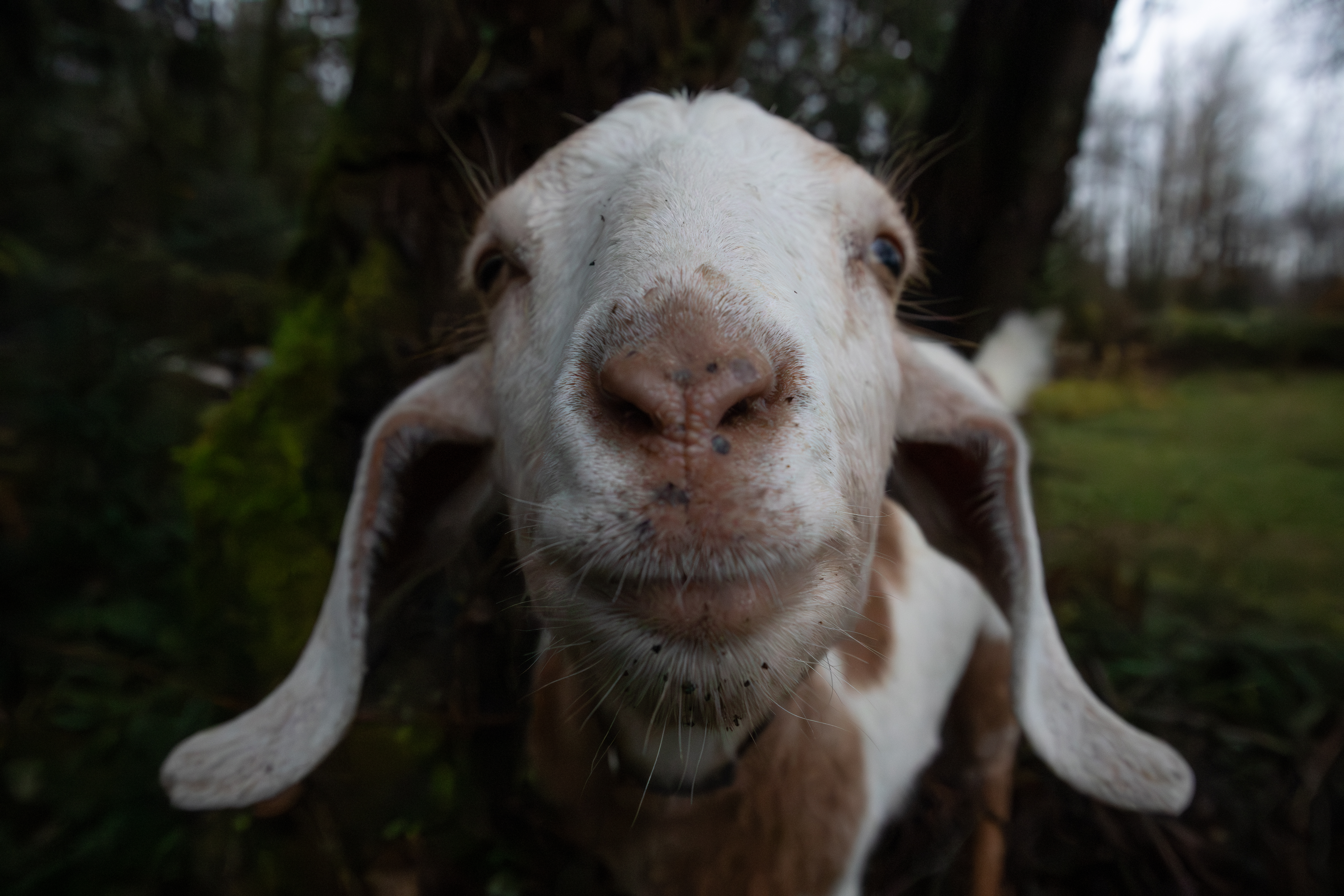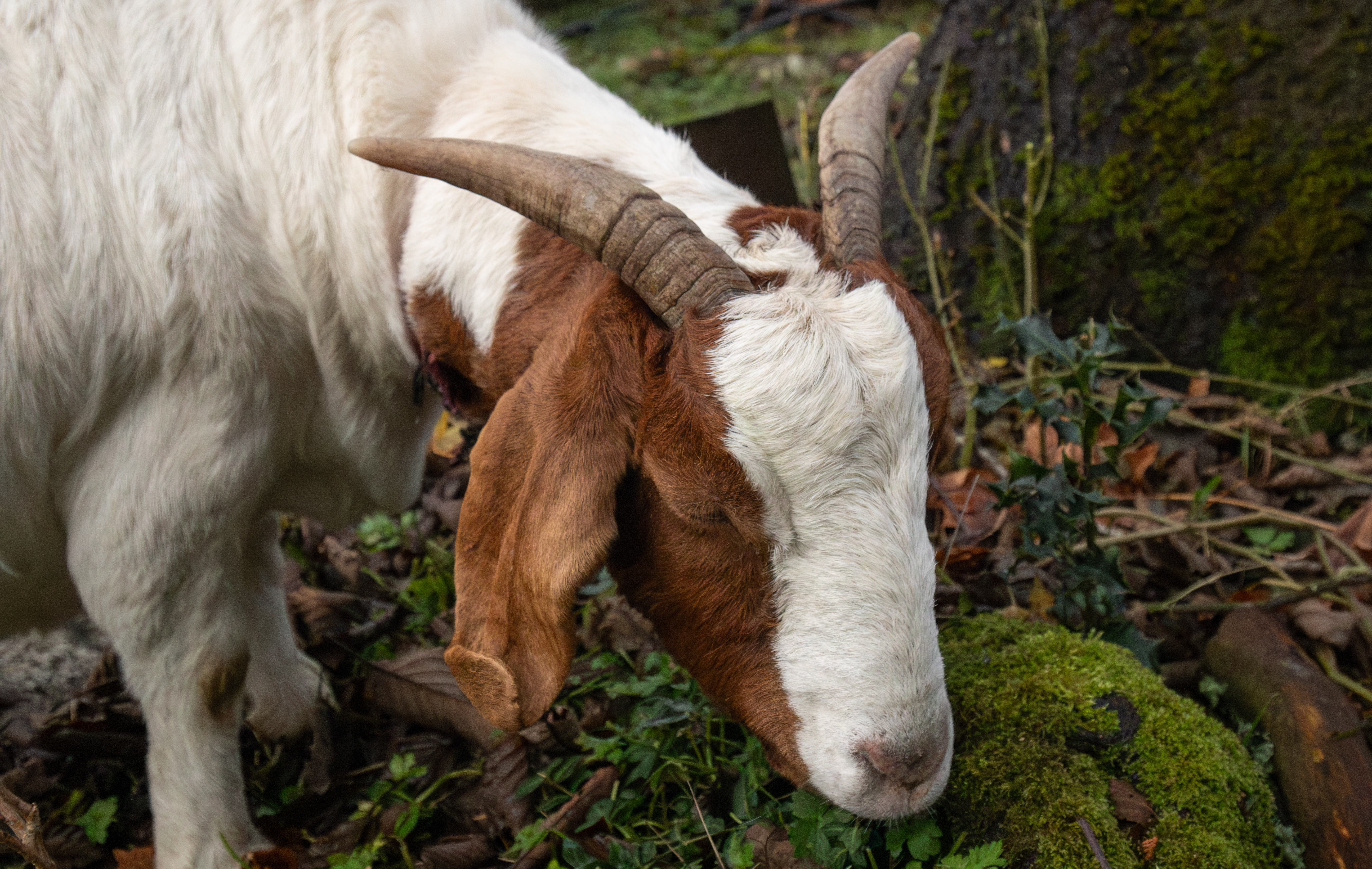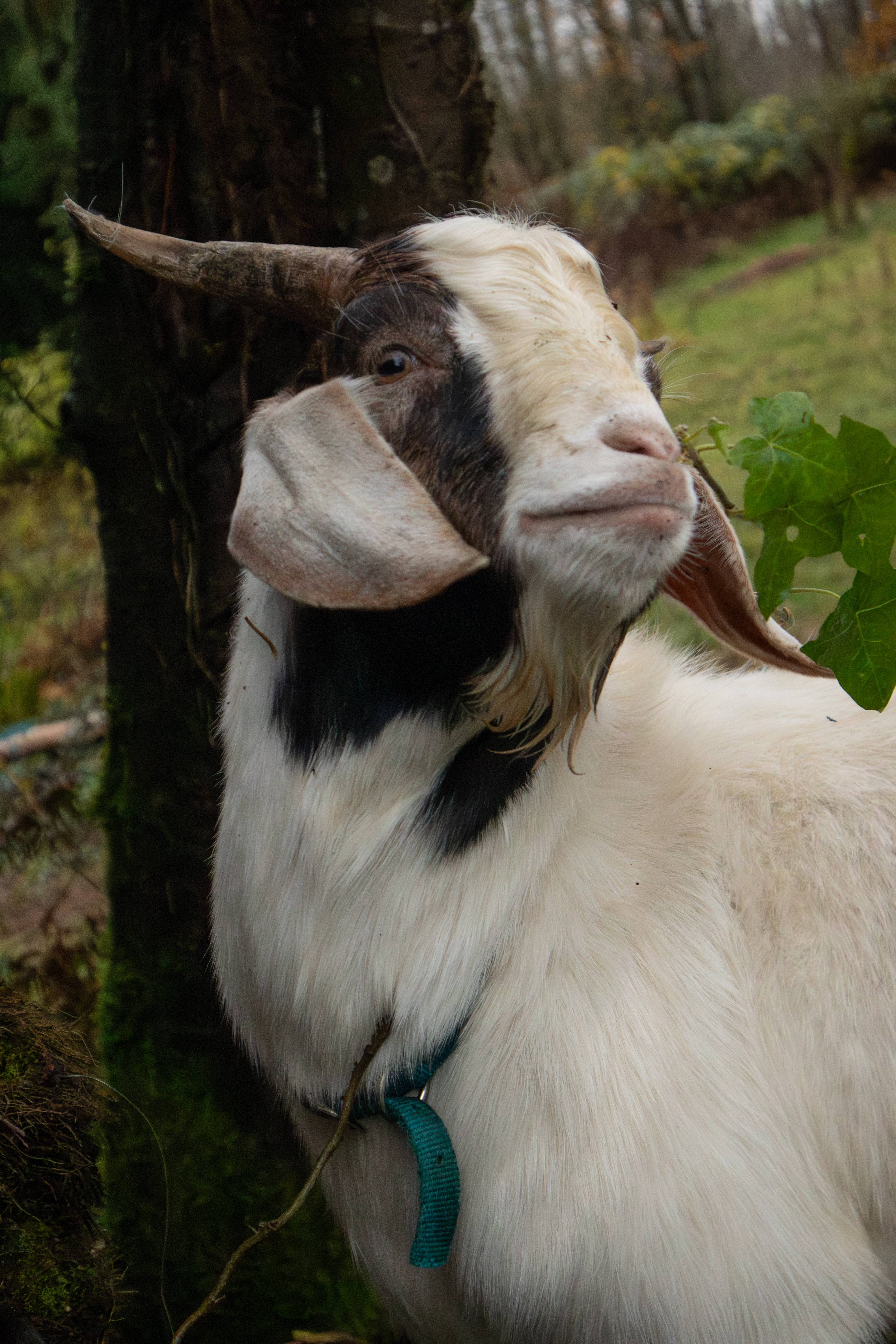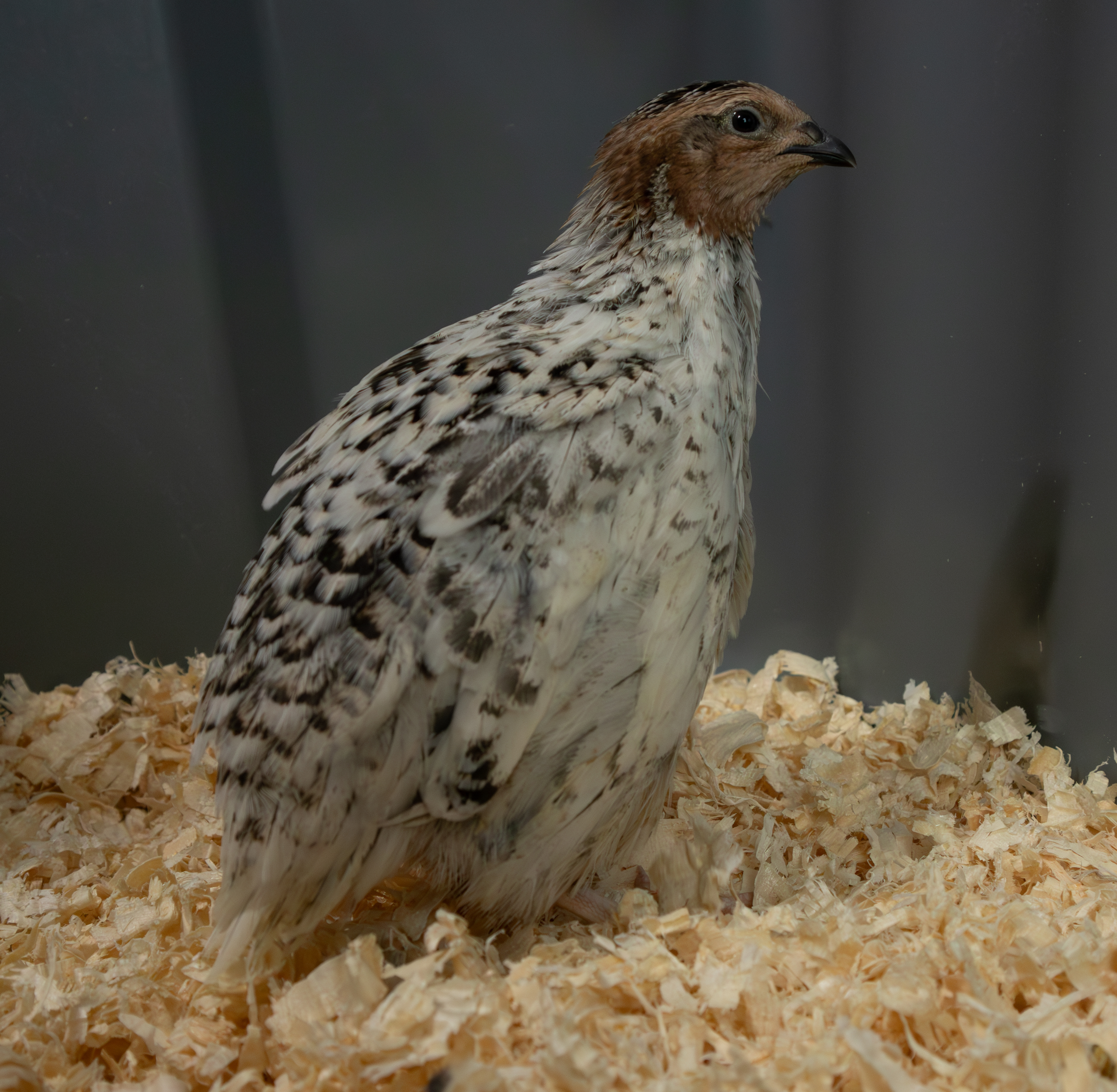HYBRID GOATS

Goat breeding
Most of the goat breeding practices around the world are specifically targeting either meat production or milk production, but interestingly enough it’s fairly common for homesteaders and small farmers to attempt breeding projects that will combine the two traits into a single animal. And that is, quite literally, the aim of Hopeful Homesteaders with our small goat herd of Boer crosses. Producing a hybrid goat that is large enough in stature to have males provide meat while selecting for milk production among does to also produce a rich high-quality milk is not only possible - it’s being done all over North America.
At Hopeful Homesteaders our goat herd consists of a Boer doe named Abby, a Boer-Nubian doe named Xena (because she is a princess), and a Kiko-Boer buck named Kenji. Though Kenji is definitely dominant as a male, or tries to be, our Boer doe Abby is much larger, has a bit of a temper, and tends to get what she wants when it comes to grain and hay.

Boer Goats
Boer Goats are a large breed from South Africa that are, the world over, the most popular commercial breed for goat meat production. Boer goats produce lean and flavorful meat in three to four months, with a meat per carcass percentage averaging 44-60%. Derived from Trekboer, which means “farmer” in Dutch and Afrikaans, the Boer goats are named after the Boer people who lived in the Dutch Cape in Southern Africa. The Boer people were of European descent and were discharged from the Dutch East India Trading Company so they could settle the Cape as Free Burghers. It was there that the Boer goat was established, likely derived from stock acquired from local Africans, such as the Khoikhoi and Bantu peoples.
The actual characteristics of the breed that we know today were bred beginning about 1930, and that selective breeding resulted in the white body with a red-brown head. Also a result of the selective breeding is the Boer Goats excellent ability to forage on scrub, thorny plants like the Himalayan Blackberry, woody bushes, and invasive plants such as knotweed. What Boer Goats do not excel at is milk production, compared to modern domesticated goats bred specifically for that purpose.
Kiko Goats
Kiko goats are another meat breed but they hail from the island nation New Zealand. Kiko means “meat” in the Māori language but the breed of goat is far more modern. Developed in the 1980’s by farmers Garrick and Anne Batten, the Kiko goat was a breeding project that crossed Anglo-Nubian, Saanen, and Toggenburg breeds. The result is a stunning hybrid with a reasonably large physical structure as well as good milk production, which makes it an ideal candidate for a homestead all-purpose goat, but unlike breeds selected for milk production it does not have extended lactations.
What makes Kiko goats a great baseline for breeding is their parasite resistance - especially in the USA where drug-resistant parasites are now a problem. Many farmers do not have the time or livestock to perform fancy rotational systems so the sheep can graze fields that are relatively free of parasites, and they also may not want to “let nature take its course” and cull sheep with high parasite counts to select for resistance. The Kiko Goat provides a midline between meat and milk breeds while being hardy, low maintenance, and efficient to raise.

Anglo-Nubian Goats
The Anglo-Nubian Goats, or Nubian Goats as they are usually called, are a breed that originated in the British Isles from selective breeding between native British goats and stock imported from Africa, India, and the Middle East. Steamships at the time would regularly carry goats as stock producers of meat and milk over long journeys, and regardless of their actual origin those goats were referred to as “Nubians”.
Nubian Goats are a dual-purpose breed with a great milk production and enough physical stature to be raised for meat, but compared to the Boers they are definitely more milk than meat. Nubian goats are a sweet-looking long-eared tall goat with long legs, a narrow facial profile, and lop ears. A pure-bred Nubian can produce almost 4kg of milk per day with an annual yield of over 2500kg.
